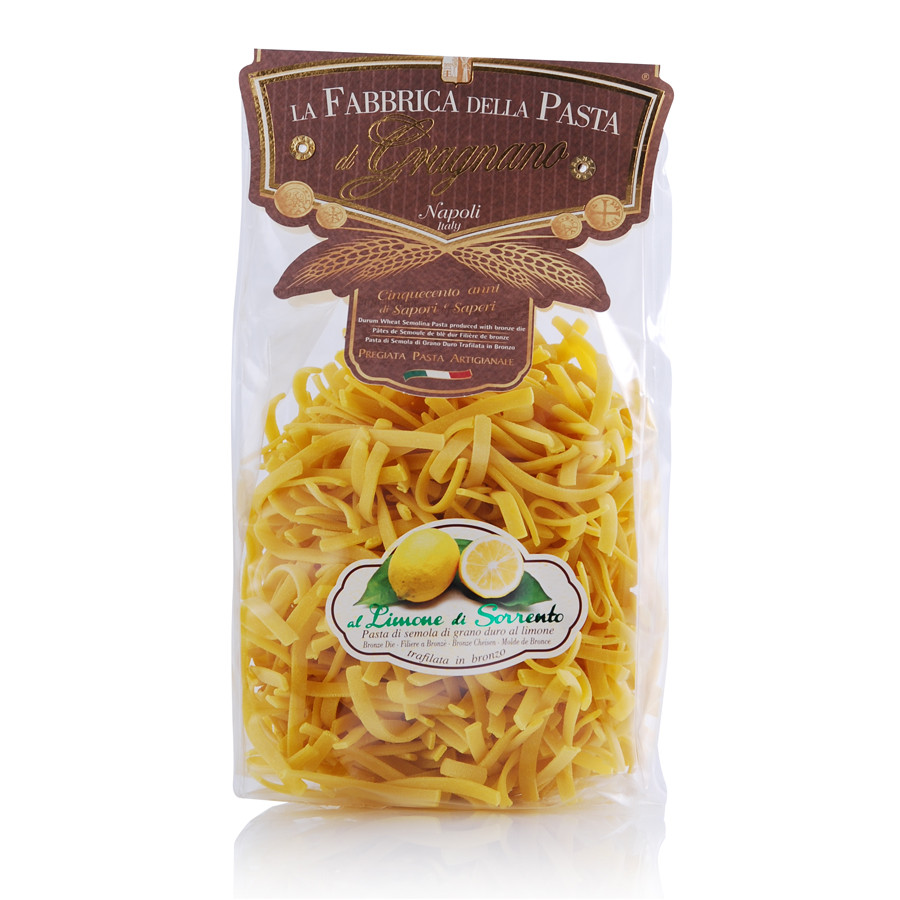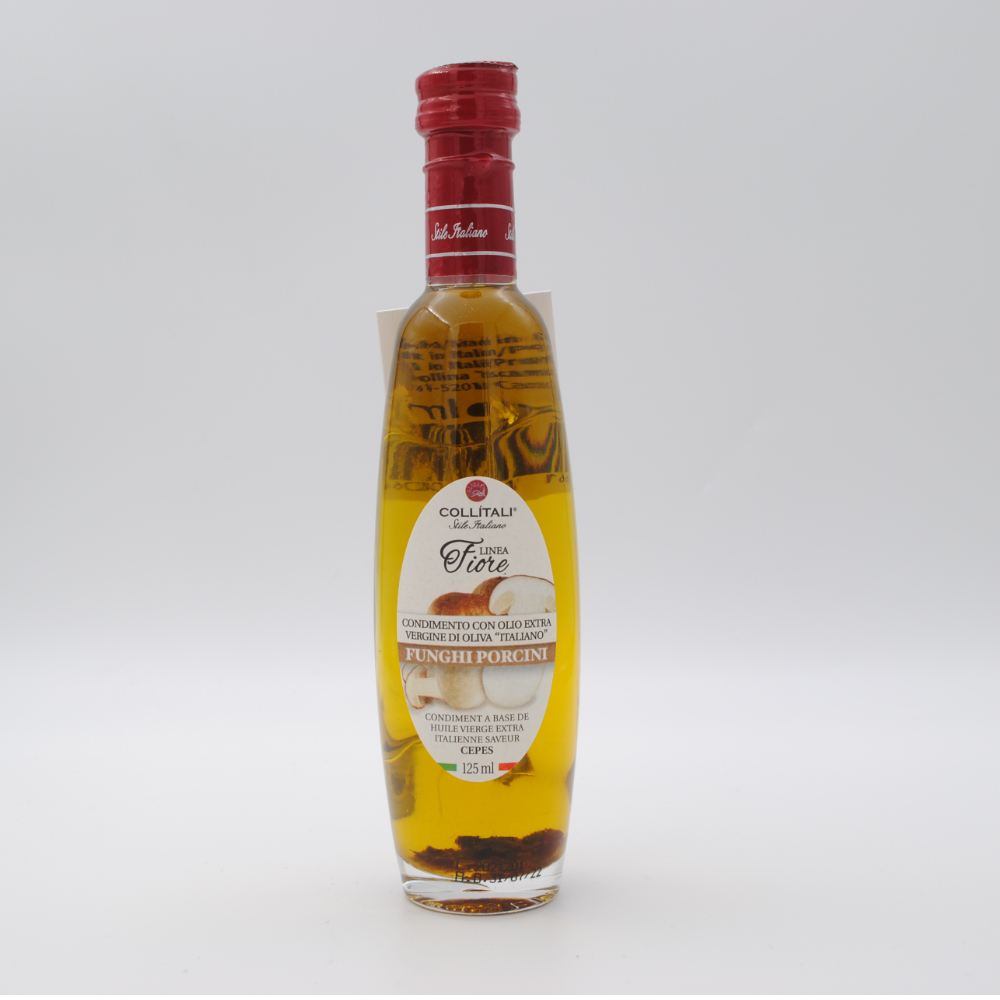‘and lemon scialatielli
6.90 CHF IVA
Every single format comes from a centenary history of our territory, and expresses all the ancient – magical Secrets handed down for generations.
Today we produce more than 100 different formats of Pasta, enclosed in 12 families, for the proposal of Artisan Pasta among the most important and exclusive in the sector.
Many formats are our exclusive patents: above all “a Caccavella”: the largest single-portion Pasta format in the world, invented by Antonino “il Pastaio”!
We try not to describe, but to “tell” our Pasta shapes in every form, detail and anecdote, presenting them with the image of their “Nudes”, to make them appreciate even more the color, the roughness, their extrusive perfection strictly bronze.
Description
Gragnano Pasta Factory
Gragnano pasta factory was born in Gragnano, a wonderful town in the province of Naples, set as if by magic in the heart of the Lattari Mountains , in a strategic position, perfectly in the center between the gulf of Amalfi and the gulf of Sorrento, just 30 minutes by hydrofoil from Capri and Ischia. Famous all over the world for its gastronomy, Gragnano has always been well known and desired for more than 500 years for the production of the prestigious pasta, red nectar… sparkling wine doc, savory local cold cuts and the exquisite provolone del monaco, exclusivity of our mountains.
well known and desired for more than 500 years for the production of the prestigious pasta, red nectar… sparkling wine doc, savory local cold cuts and the exquisite provolone del monaco, exclusivity of our mountains.
The so famous “ macaroni“, With simple and genuine ingredients: (water from the Gragnano springs, durum wheat semolina, passion, love and imagination) were and are produced with three different types of work: at family level where at home” women compete with each other to whom wraps more fusilli by hand in 1 hour … “, at an artisanal level where” o ‘maccarunaro e Gragnano “handed down from father to son the respect for essential secrets and traditions, to obtain a product of excellent and selected quality; at an industrial level for good everyday pasta.
Gragnano it had about three hundred pasta factories (including the Gragnano Pasta Factory ) today more than twelve who have always been “witnesses and messengers” in the world of the history of this exciting, cheerful, lively city, where the pasta it is a symbol, a precious gift, a delicacy that is shared, discussed and proud of.
On our varied territory with the green and uncontaminated mountains that are reflected in the sea, there are ancient medieval walls, five Saracen towers and two doors that represented the entrance to the fief of Gragnano, a castle dating back to the end of the XII century and the the only Napoleonic arch in the whole of Campania, which testify to the antiquity of this city; to visit the famous artistic nativity scene with original Neapolitan shepherds from the 1800s that evoke scenes from the life of the Gragnanese people and their arts, located at the entrance to the fantastic valley of the mills, the church of Santa Maria Assunta, former headquarters  of the archpriesthood where an ancient Roman sculpture is preserved, the imposing Franciscan Church dedicated to the Madonna del Carmine, the collegiate church of Corpus Domini where there is the largest tapestry in Europe and the Church of San Giovanni Battista, better known as the church of San Sebastiano, protector of all pasta makers of Gragnano , in fact that day in his honor no pasta factory is in production and all the pasta makers…. follow the procession of the saint devotedly.
of the archpriesthood where an ancient Roman sculpture is preserved, the imposing Franciscan Church dedicated to the Madonna del Carmine, the collegiate church of Corpus Domini where there is the largest tapestry in Europe and the Church of San Giovanni Battista, better known as the church of San Sebastiano, protector of all pasta makers of Gragnano , in fact that day in his honor no pasta factory is in production and all the pasta makers…. follow the procession of the saint devotedly.
The production of “maccaroni” became even more important, starting from the mid-seventeenth century when most of the inhabitants of Gragnano dedicated themselves to the production of “white gold”, favored now as then by a light humid air that allows slow drying. goodness of the crystalline and uncontaminated water that flows from the Pendolo mountain, as well as from the very high quality of durum wheat semolina, ground on site by 30 water mills, whose ruins can still be admired today in the enchanted “valley of the mills” .
 The golden moment of pasta from Gragnano it is the nineteenth century; in this century the artisanal pasta factories were flanked by much larger production sites along via Roma, piazza trivione, piazza San Marco, which thus became the beating hearts of Gragnano, along the streets purposely built with diagonal details, the macaroni to dry.
The golden moment of pasta from Gragnano it is the nineteenth century; in this century the artisanal pasta factories were flanked by much larger production sites along via Roma, piazza trivione, piazza San Marco, which thus became the beating hearts of Gragnano, along the streets purposely built with diagonal details, the macaroni to dry.
After 1861 (the unification of Italy) the production of pasta reached its peak, with requests for this goodness coming from every class and every part of the land known at the time, to the point that King Umberto I and his wife, the Queen Margherita of Savoy had a railway station built that connected Gragnano to Naples and therefore to all ports in the world.
Despite the many problems due to world wars, earthquakes, famines, Gragnano has continued and continues to be the great City of Pasta protagonist on the international market, whose knowledge and flavors evoke in the memory the ancient traditions of quality. We invite everyone to come to Gragnano to relive as if by magic in the golden years of the nineteenth century among ancient palaces, valley of the mills, fascinating historical monuments, flavors and traditions, all a whole that envelops in a crescendo of emotions.




